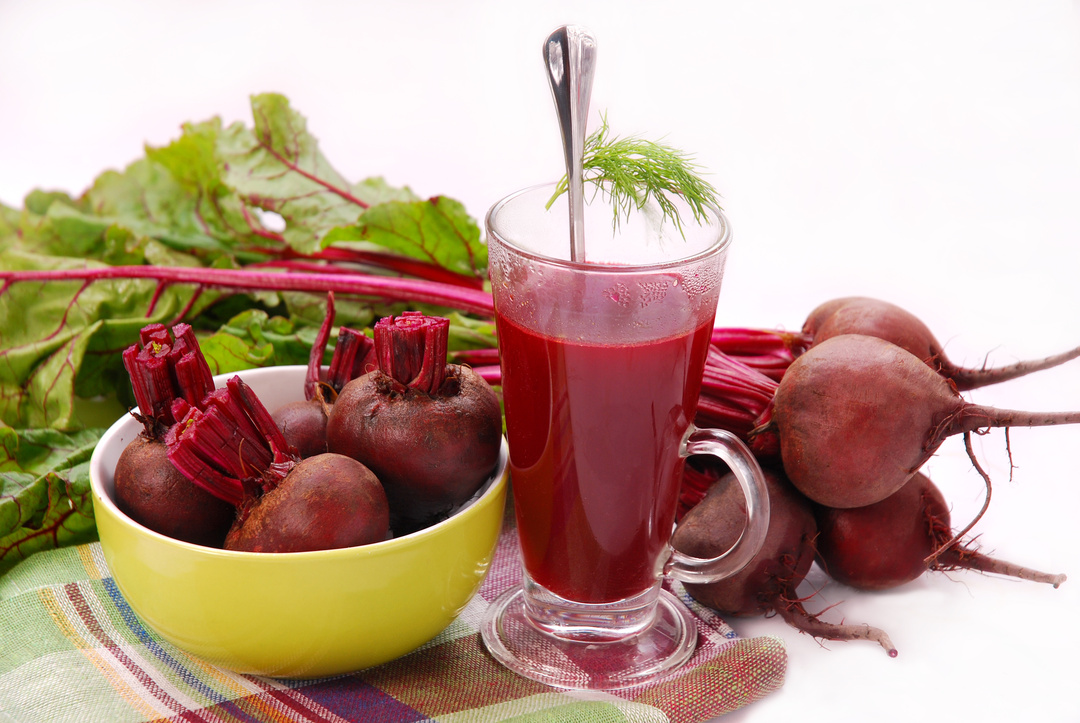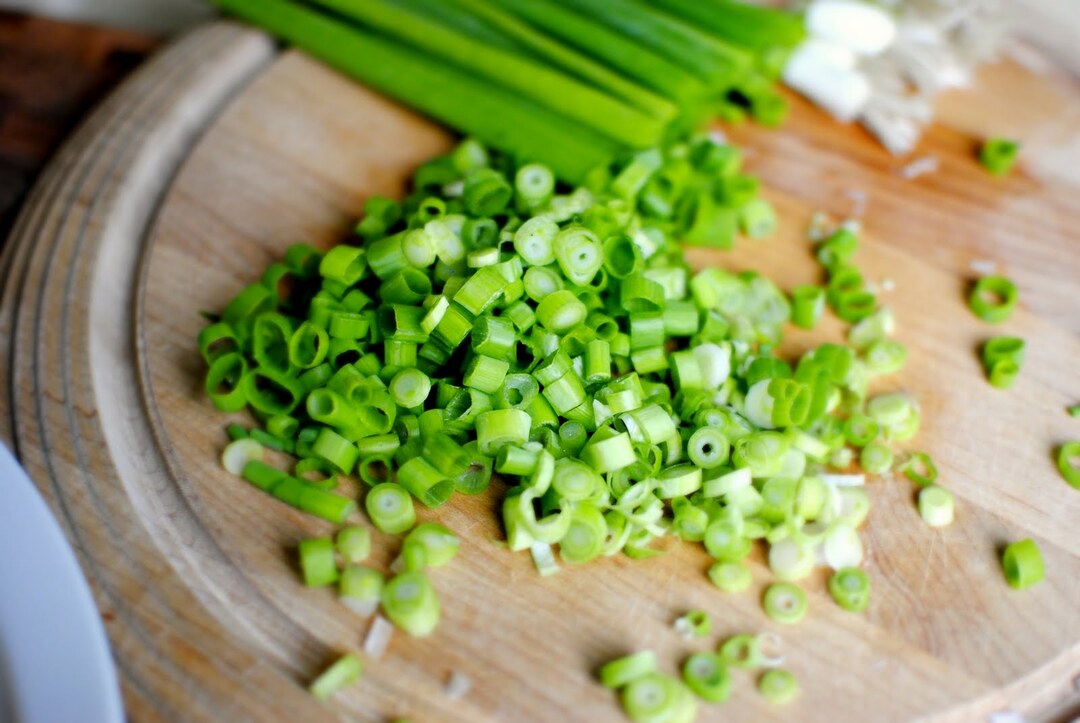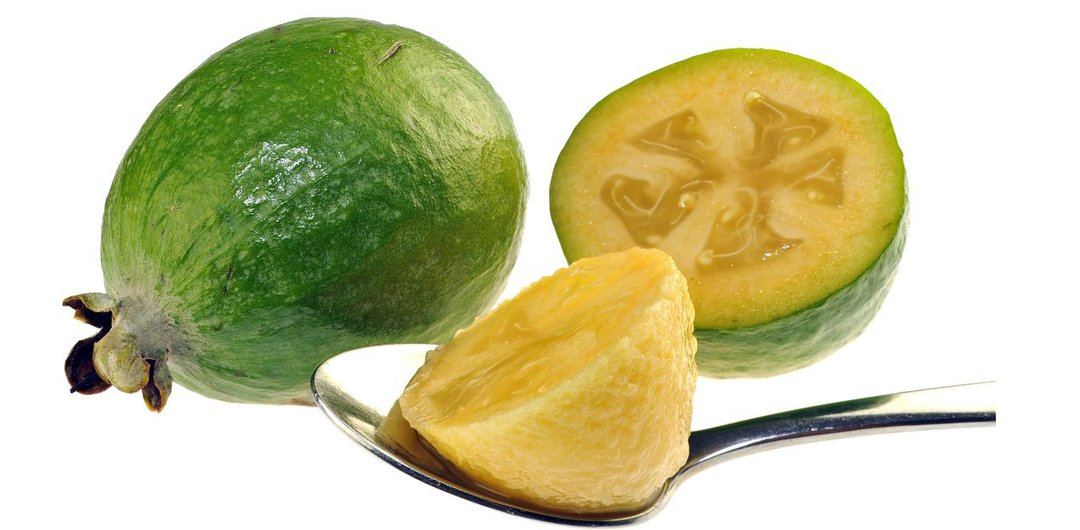Tarragon: benefit and harm
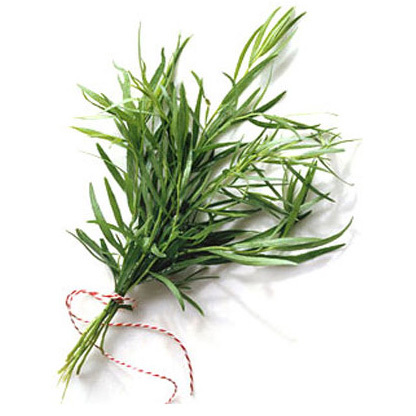 For many it sounds strange - tarragon belongs to the family of wormwood, although it does not have a characteristic bitter taste.But leaves of this plant have a pleasant anise aroma and contain essential oils in their composition.Thanks to this, tarragon is actively used in cooking and perfumery.
For many it sounds strange - tarragon belongs to the family of wormwood, although it does not have a characteristic bitter taste.But leaves of this plant have a pleasant anise aroma and contain essential oils in their composition.Thanks to this, tarragon is actively used in cooking and perfumery.
It is interesting that the inhabitants of the East call the product under consideration "the little dragon".It is believed that the name tarragon received due to the original form of leaflets( they are narrow and bifurcated) and the ability to help with snake bites - it has an anti-inflammatory effect.
The French tarragon has an intense aroma, but it can not be grown from seeds.And a plant of the same species that we are accustomed to is able to grow on a garden or a window sill, although the flavor will be somewhat lower, but all the benefits will remain.
chemical composition and nutritional value of tarragon
Nutritional value of 100 g:
- Calories: 24.8 kcal
- Protein: 1.5 g
- Carbohydrates: 5g
Show the full list »
- Dietary fiber: 0.5 g
- Organic acids: 0.1 g
- Water: 90 g
- Mono- and disaccharides 4 c
- Starch: 0.5 c
- Ash: 1 c
vitamins:
- Vitamin A: 0,1 mg
- Vitamin PP: 0,5 mg
- Vitamin A( RE) 100 mcg Vit
- amine B1( thiamine): 0.03 mg
- Vitamin B2( riboflavin) 0.03 mg
- Vitamin C: 10 mg
- Vitamin PP( niacin equivalent): 0.749 mg
Macronutrients:
- calcium 40 mg Magnesium
- :
- 30 mg Sodium 70 mg Potassium
- :
- 260 mg Phosphorus 50 mg
Microelements:
- Iron: 0.5 mg
- Iodine 9 mcg
The caloric content of tarragon is almost 25 Kcal per 100 g of product - it is quite a lot for a plant product.But still tarragon is considered a dietary product, because in its composition there are proteins, carbohydrates, and fats.By the way, there are a lot of carbohydrates in tarragon, but they are easily digestible and quickly digested in the stomach.
In tarragon( the second name of the plant is tarhun) there is a lot of potassium, magnesium and calcium are in sufficient quantities, vitamins are found in the composition.
In the ground part of the plant there are carotene, ascorbic acid and flavonoids, and the roots are rich in alkaloids - it is from these that tinctures and triturates are prepared.
Benefits tarragon
Included in the concerned plant essential oils not only give a pleasant aroma of tarragon, but definitely good for human health. Thanks to essential oils, when consuming tarragon, :
-
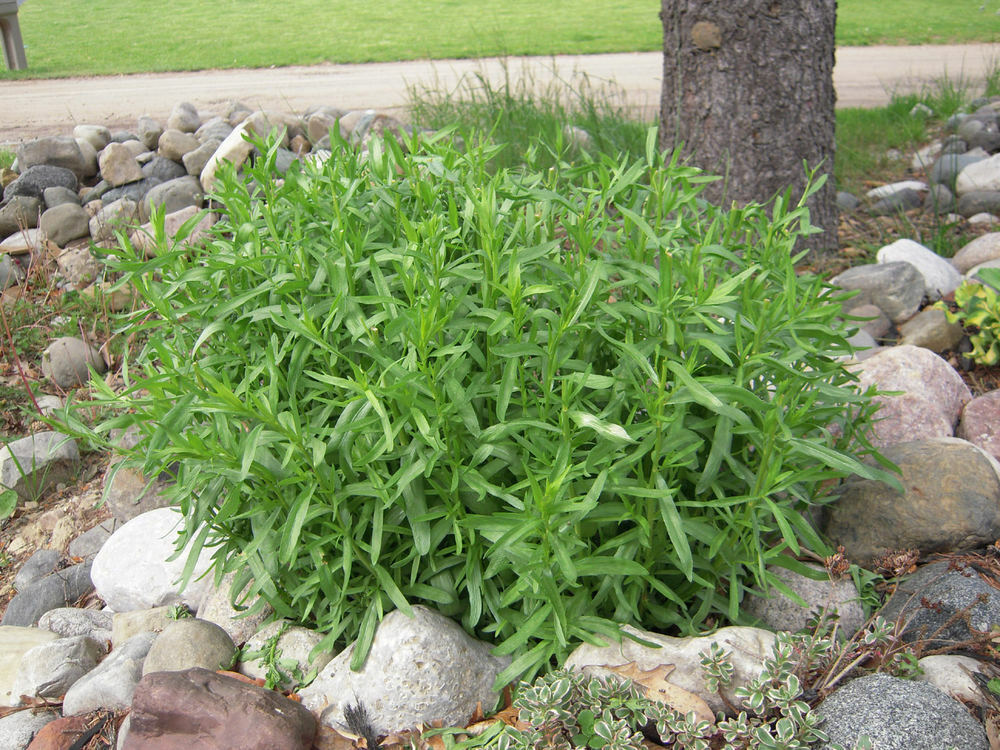 increases and improves appetite;
increases and improves appetite; - normalizes sleep;
- stabilizes the work of the entire digestive system;
- have chronic headaches;
- increases the resistance of the body to stressful situations;
- relieves inflammation in diseases of the oral cavity such as stomatitis and gingivitis;
- provides a normal urination - tarragon is often recommended to take in the form of a drink / infusion for acute cystitis.
Tarragon tinctures are used for external use - they help in the treatment of burns, eczema and even scabies.It is recommended to use tarragon for the elderly - it improves blood circulation, strengthens the walls of blood vessels, prevents the development of atherosclerosis, increases potency, helps to transfer the menopause to women more easily.
But tarragon is used not only in medicine, but also in cooking.The usefulness of the plant in question in cooking is its ability to act as a preservative - this herb is added when marinating cucumbers, mushrooms and tomatoes, if vinegar or acetylsalicylic acid is excluded.And then, all the well-known drink "Tarhun" is prepared just on the basis of tarragon.
Tarragon harm - myth or reality
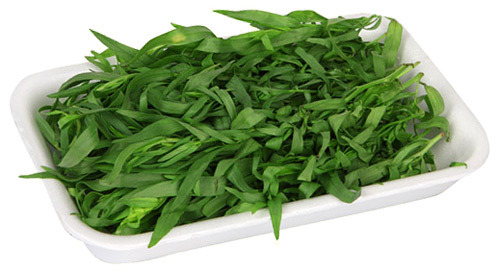
Many believe that there is nothing harmful in the use of greenery.Moreover, some argue that various spicy plants must be taken for food on a mandatory basis - they allegedly improve digestion and promote rapid and painless digestion of even "heavy" foods.The truth is there, but only a share.Because tarragon can not be used in large quantities and with individual intolerance / hypersensitivity.
Important: is strictly prohibited from introducing into the diet the plant in question for pregnant women - it is believed that it can provoke miscarriage.
Application of tarragon
Tarragon leaves are actively used in cooking - they are put in dishes from rabbit meat, add to marinades and stewed vegetables.If you collect young leaves of the plant in question, chop and dry in the shade, then they can be stored for a long time and used for making soft refreshing drinks.
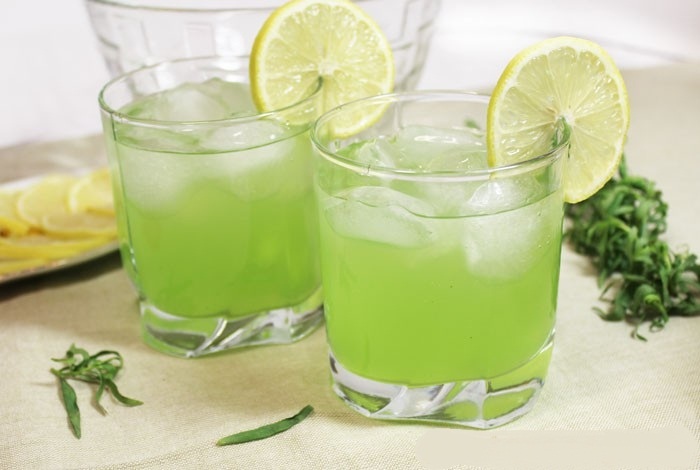
Please note: is the simplest version of the drink - cut finely two circles of lemon, put half a teaspoon of dry tarragon and pour 500 ml of boiling water to them.The drink is insisted until it cools completely, it is filtered and drunk with great pleasure.To taste, you can add honey or sugar.
In perfumery extract from leaves of tarragon is used - in the process practically pure essential oils are obtained, which are added to perfumes, toilet water, body sprays.

